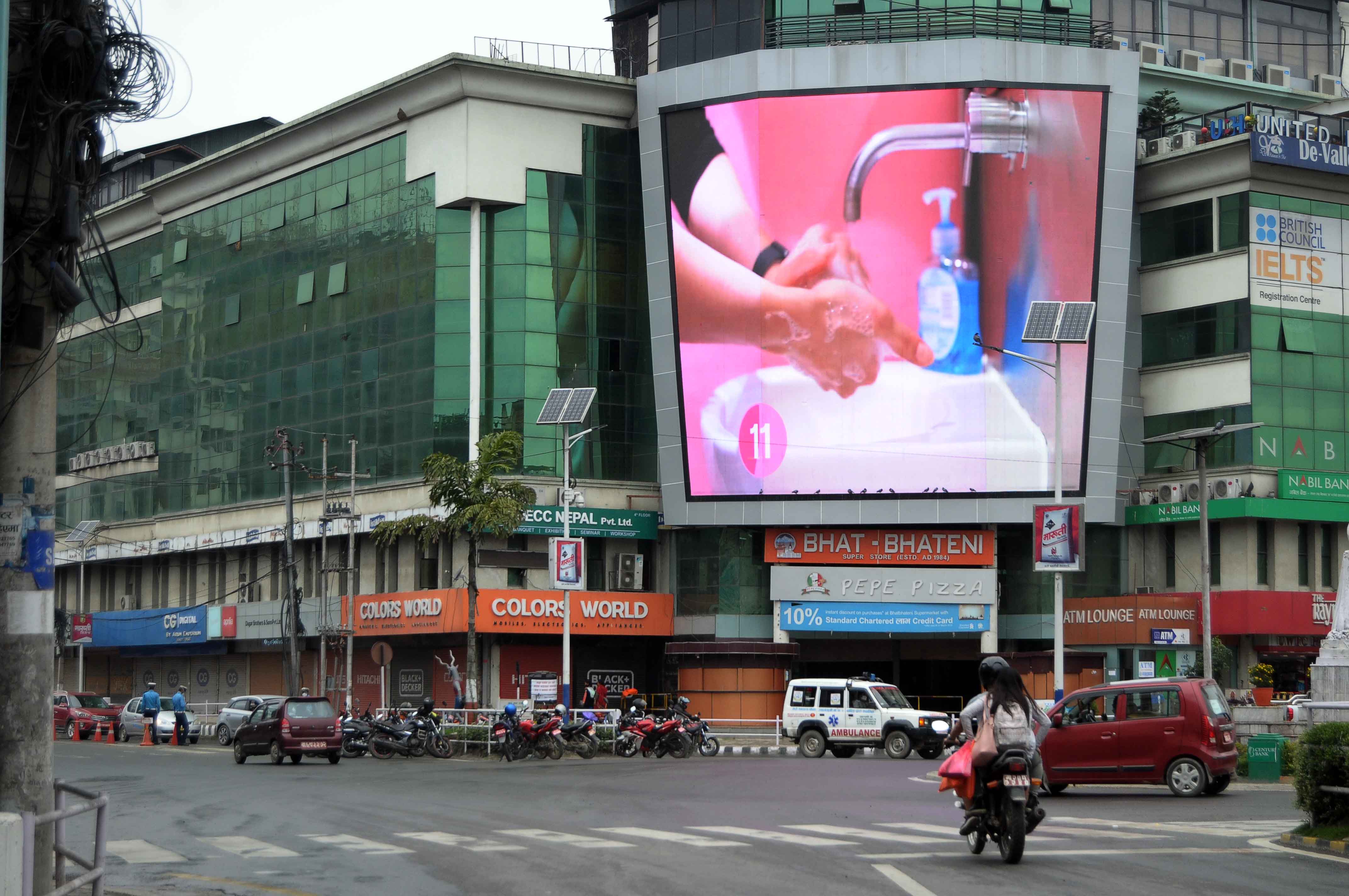Handwashing effective tool to prevent COVID-19: WHO
KATHMANDU, OCTOBER 15
Handwashing with soap has been one of the best defences against the virus, along with other public health measures such as maintaining physical distance, avoiding crowded places, practising cough etiquette and wearing a mask wherever recommended.
Global Handwashing Day is observed annually on October 15, to raise awareness and highlight the importance of handwashing as an effective means of disease prevention.
This year marks a critical reminder for the world that this simple, cost-effective practice can save lives. This year’s Global Handwashing Day theme was, ‘Hand Hygiene for All’ and called people from all sections of the society to achieve universal hand hygiene. To beat the virus today and ensure better health outcomes beyond the pandemic, handwashing with soap must be a priority now and in future.
Handwashing has always been one of most effective ways of keeping diseases at bay. It is a simple act that pays in dividends when it comes to keeping ourselves healthy and safe, according to WHO.
Handwashing is also one of the key cornerstones of COVID-19 prevention. “Now more than ever as we embrace the new normal and live with COVID-19, hand hygiene needs to be an integral part of our daily routine and our lives, as we live through this pandemic, and beyond, to protect us from diseases,” said Dr Poonam Khetrapal Singh, Regional Director, the World Health Organisation South-East Asia Region, which includes 11 countries, including Nepal.
According to a press release issued by New Delhi-based WHO South-East Asia Regional Office, with COVID-19 transmission spreading between people through direct, indirect or close contact with infected people via mouth and nose secretions, washing hands with soap and running water is of critical importance.
To stop the spread of COVID-19, along with other COVID appropriate behaviours, the practice of handwashing at regular intervals is a must, after coughing or sneezing, when caring for the sick, after using the toilet, before eating, while preparing food and after handling animals or animal waste, according to WHO.






